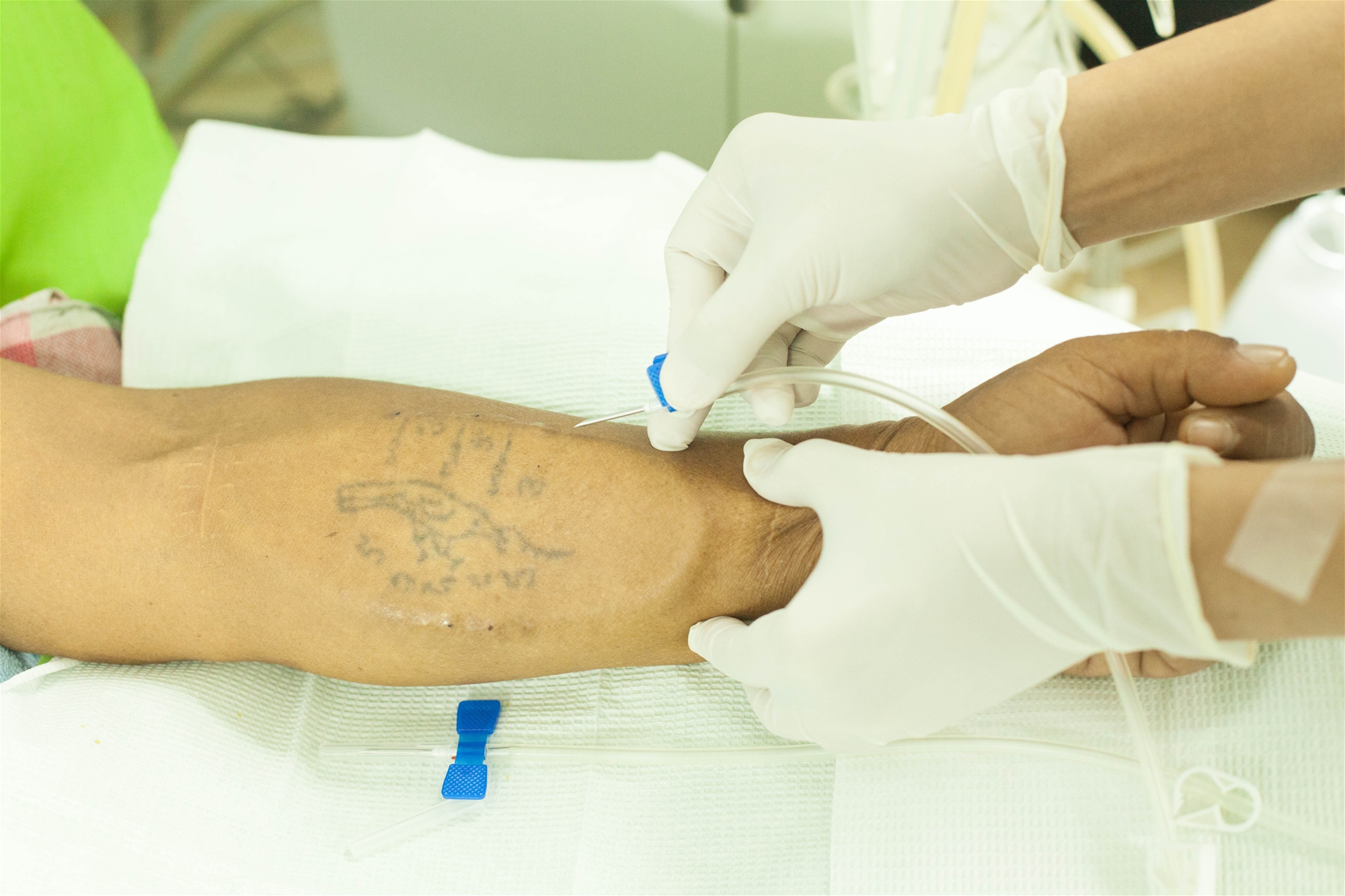Name of Medical Device
Artificial blood vessel.
Description
The superficial vessels of the patients are given priority for anastomotic vessels in arteriovenous fistulas for hemodialysis. However, due to individual differences of patients, if there is no suitable superficial vein for anastomotic fistulas, the doctor will implant artificial blood vessels as required for the use of dialysis fistulas in the future.
When to Use
- Acute/chronic renal failure requires long-term hemodialysis.
Possible Side Effects
- It may cause an infection and thus needs antibiotic treatment or surgical removal.
- Artificial blood vessels are more likely to produce blood clots that need to be removed surgically.

Postoperative Care
- Clean care should be given at least once a day and gauze should be changed after care.
- Return to the cardiac surgery clinic as scheduled for arteriovenous fistula patency.
- If the arteries and veins are not patent during hemodialysis, please return to hospital for assistance as soon as possible.
- During hemodialysis, the pressure is too high or too low, the blood flow trembling becomes pulsating and beating, and hemostasis gradually becomes difficult, all of which are manifestations of non-patency, requiring catheterization or surgical treatment.
- Please make sure that your primary care provider understands the procedures of wound care and cleaning before being discharged from hospital. If you have any questions, please consult your physician or nurse practitioner for relevant information.

